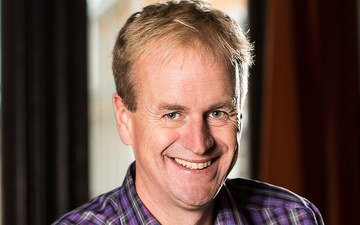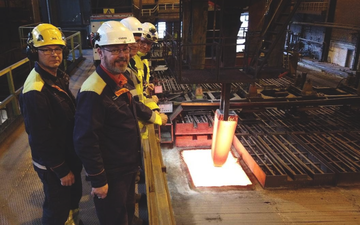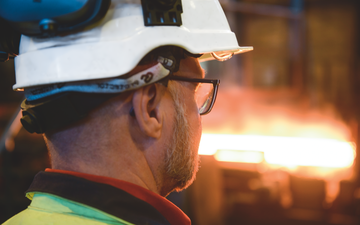- Home REN
- Home
-
Shop
-
Industries
- Processes
- Gases and Equipment
-
Services
-
Safety
-
Contact & Support
-
News & Media
- Agent Finder
Göran Nyström: ‘Fossil-free electricity key to steel industry’s hydrogen shift’
Göran Nyström has been EVP of Group Marketing & Technology with steelmaker Ovako for nearly a decade. Prior to that, Nyström spent 25 years at engineering group Sandvik in a variety of sales, marketing, and supply roles. He sees great potential for Ovako and other players in Sweden’s steel industry to serve as role models globally for decarbonizing production with the help of hydrogen.
Can you tell us more about the test project with Linde recently?
Our first work together was in September 2019. That was in Munich where we tested our burners and furnaces and switched between propane and hydrogen just to see the burner in action. That was very encouraging because propane and hydrogen are remarkably different molecules. The hydrogen flows so much more quickly through the pipeline, so it generates the same effect as burning propane. And hydrogen is actually a much more reliable source. It burns with much greater stability than propane.
Then in March 2020, we had the full-scale trial. The trial, in which steel was heated using hydrogen instead of propane before steel rolling at our mill in Hofors, was successful. The testing of the steel we produced showed that heating with hydrogen did not adversely affect the quality. Given the right conditions, it was clear we could use hydrogen heating for furnaces at all our rolling mills, thereby drastically reducing our already world-leading low carbon footprint from cradle to gate.
What are the challenges for Ovako to enact this shift more comprehensively?
The problem right now is that electrolysers are a little bit too expensive and carbon dioxide cost is a little bit too low. So, we are looking for funding for this investment. But once it’s up...let me tell you...it is going to be the absolute quickest, most cost efficient, and most climate-efficient solution of all the hydrogen projects I've seen.


